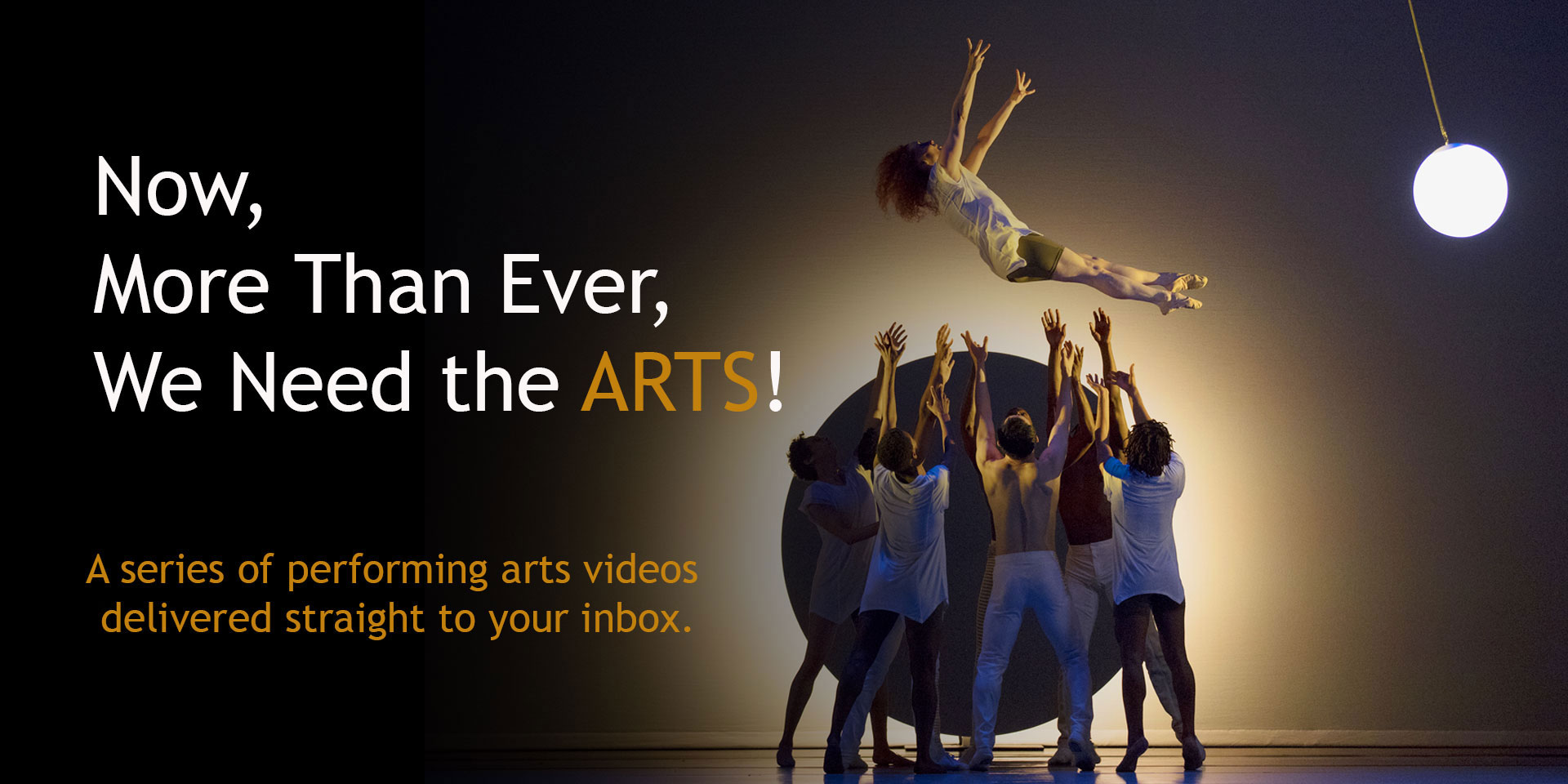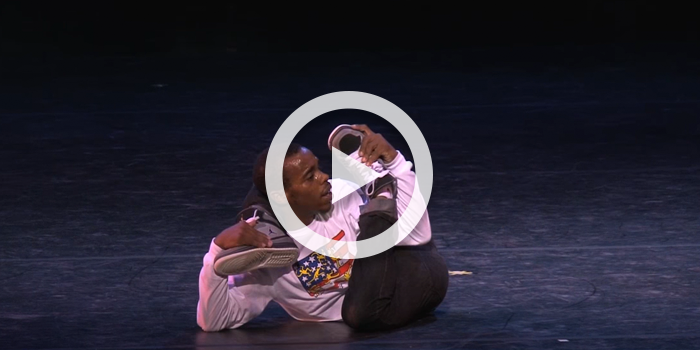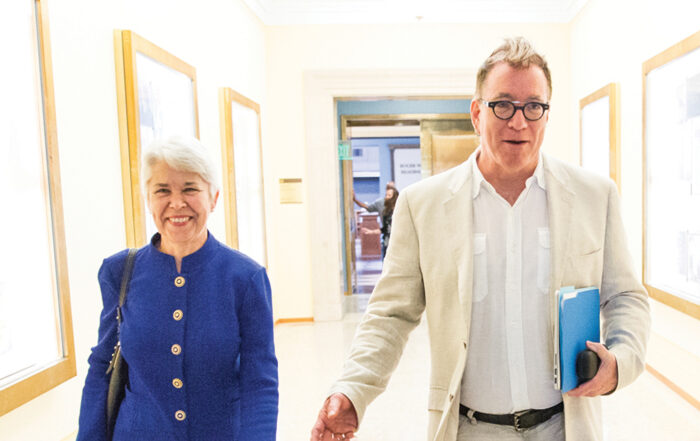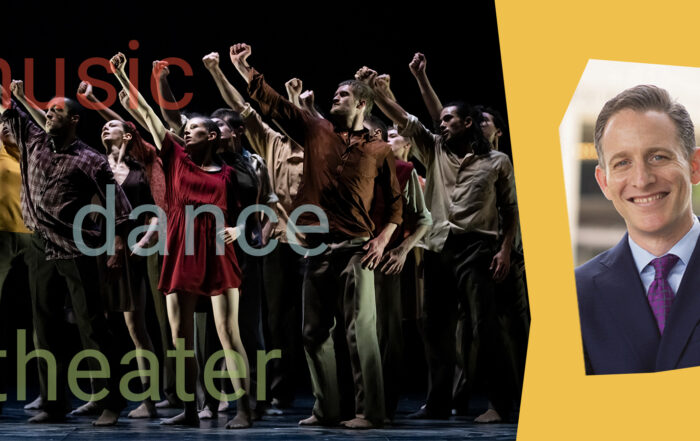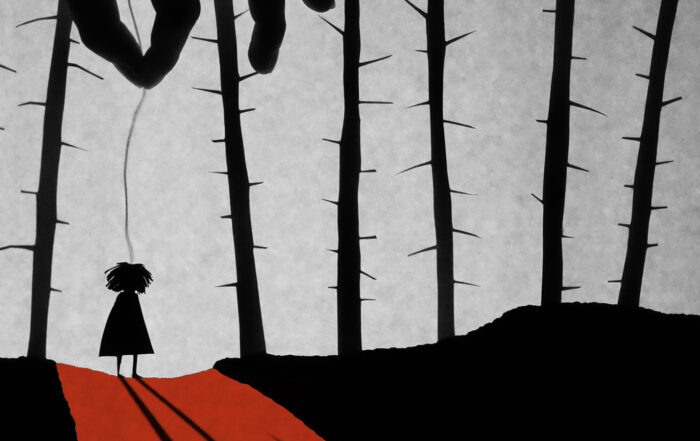A few instances of how composers have been known to reuse, reduce, edit, and adapt both their own music and that of others.
Now, More Than Ever, Issue 62
The raw material that makes up a musical composition has a funny way of developing a life of its own, not only within the composition(s) in question, but as it returns and reappears—in various forms—in other works. Composers will often use their own music as a springboard for new thinking, recycling themes and treatments in what might appear to be a set of musical variations. Then there’s the long tradition of composers finding inspiration in vernacular traditions from within or outside their own cultural experience (including those of other composers). Today’s NMTE offers a few examples of how composers have been known to reuse, reduce, edit, and adapt both their own music and that of others.
Liszt: Étude No. 3 in G-sharp minor, from Grandes études de Paganini, S. 141, La Campanella
Evgeny Kissin, piano
Here Evgeny Kissin offers an impressive performance of Franz Liszt’s famous and popular étude La Campanella, a favorite showpiece for virtuoso pianists and a fine example of the keyboard pyrotechnics that made Liszt one of the most famous musicians of his day. (Check out this excellent article for much more on the Lisztomania that swept through concert halls of 19th-century Europe.) But it’s worth noting that this music is essentially a reworking of an earlier piece by Niccolò Paganini, another instrumentalist and composer whose fame eclipsed that of virtually all others during the height of his storied career. Liszt was a great admirer of Paganini and recognized himself in the older composer, making La Campanella a fascinating homage from one virtuoso to another.
Paganini: Rondo à la clochette from Violin Concerto No. 2 in B minor, Op. 7, La Campanella
Julia Fischer, violin
Royal Concertgebouw Orchestra
Daniele Gatti, conductor
Now let’s look at the original (and much longer) source for Liszt’s étude, the lesser-known final movement of Paganini’s Second Violin Concerto. (We’ve heard this music before, performed by the recently deceased Israeli violinist Ivry Gitlis and the Warsaw National Philharmonic Orchestra, in Issue 50 of NMTE). I recently played this video for a friend who is a fine pianist and like me, he came away shocked by the technical difficulty of this music, so packed is it—almost to the point of being silly—with virtually every item in Paganini’s legendary bag of tricks. Comparing this original music to the later treatment by Liszt, we’re reminded that when someone transcribes another composer’s work, the results are often more about the transcriber’s interests and taste than those of the original composer; what is discarded is frequently as interesting (or even more interesting) than what remains.
Bach: Weinen, Klagen, Sorgen, Zagen, BWV 12
La Petite Bande
Sigisvald Kuijken, director
(Note: this section ends at 5:50.)
Bach’s Weinen, Klagen, Sorgen, Zagen (the title translates as “Weeping, lamentation, worry, despair”) is a church cantata composed for Jubilate, the third Sunday after Easter; the composer led the first performance in April of 1714 in the Schlosskirche in Weimar. We begin with an extraordinarily beautiful sinfonia followed by the first chorus, by which the work is now known.
Weeping, lamentation,
worry, despair,
anguish and trouble
are the Christian’s bread of tears,
that bear the marks of Jesus.
If this music is new to you, yet perhaps feels strangely familiar, listen now to its much more famous cousin, as Bach recycles and reworks the chorus’ stirring musical language in his monumental Mass in B minor (completed 35 years later, in 1749). When composers borrow from others, we think of it as a reference (or, at worst, plagiarism); when they refashion their own music, we call it “parody.”) Each of Bach’s renditions here is glorious; which do you prefer?
Three spirituals
Lawrence Brownlee, tenor
Justina Lee, piano
Damien Sneed, arranger
We’ve met the supremely gifted Lawrence Brownlee before (see NMTE, Issue 18), and as I said at that time, I think he’s one of the most generous and kind people in the world of professional music. You get a sense of those qualities in this 2013 Tiny Desk Concert for NPR, a performance described by the network as follows:
The spirituals might be well-known, but through Brownlee’s voice, they shine in new, occasionally jazz-inflected arrangements by Damien Sneed. “There Is a Balm in Gilead” floats in a newly contemplative mood with the addition of a few blue notes and chromatic touches, while the spunky piano line Justina Lee plays in “Come By Here” seems inspired by great stride players like James P. Johnson.
But the heart and soul of this concert is “All Night, All Day,” a performance that swells with a potent combination of tenderness and operatic horsepower. The song speaks of a protective band of angels—angels that Brownlee told the audience are watching over his 3-year-old son Caleb, who’s just been diagnosed with an autism-spectrum disorder.
It’s truly moving to watch Brownlee take a traditional work that has meant so much to so many and refashion it into a deeply personal expression of a father’s love for his little boy.
Steve Reich: “Check it out” from City Life
Ensemble Modern
Sian Edwards, conductor
A more literal form of recycling, this first movement from Steve Reich’s 1995 City Life incorporates samples of urban sounds (car doors and horns, etc.), evoking the feeling of street life in New York City. The way the speaker, a street vendor, says “Check it out!” provides the movement’s rhythm. (The rest of this five-movement work is no less compelling, especially “It’s been a honeymoon—can’t take no mo’,” which has taken on greater social significance for today’s audiences and hearkens back to It’s Gonna Rain, the “phasing” work that first brought Reich to international attention.) The conductor here is the excellent Sian Edwards; I believe the musicians are Ensemble Modern, but if you know otherwise, please drop me a line. (Gramophone praised the group’s recording of City Life as “a tightly crafted montage… lean, clever, catchy and consistently gripping.”)
Golijov: La Pasión Según San Marcos
Schola Cantorum de Venezuela
Orquesta Sinfónica Simón Bolívar
Orquesta la Pasión
María Guiand, director
(Note: if the video does not begin at 6:06, please reset it. This selection ends at 10:32, but I hope you’ll watch the entire performance, which is well worth the time and effort.)
Bach wrote his passions as musical meditations on the last days of Christ, based on the testaments of the evangelists, Matthew, Mark, Luke, and John. Only his St. Matthew and St. John passions have survived. In, 2000, to honor the 250th anniversary of the composer’s death, the International Bach Academy, headed by Helmuth Rilling, commissioned four new passions from a selection of international composers. Among those works was Osvaldo Golijov’s La Pasión Según San Marcos.
If Golijov—an Argentine Jew of Russian and Romanian heritage who now lives in Massachusetts—at first seemed an odd choice for the project, it ultimately proved to be a popular and successful one. The composer delivered a work that “surges with Latin rhythms and includes magnificent Cuban, Brazilian and Venezuelan performers… [it’s] a major success” (Los Angeles Times).
Most importantly, Golijov imbued the work with a strong sense of vernacular tradition. Here you’ll find the vibrant street sounds of Latin America; the spirit of Afro-Cuban music, bossa nova, tango, rumba, and flamenco; the shouting and chaos, even the blood and guts of pulsating and sometimes dangerous urban life. Capoeira, the Brazilian martial art that combines elements of dance, acrobatics, and music, becomes central to the story.
Director Maria Guinand’s miraculous work with the Schola Cantorum de Caracas (now the Schola Cantorum de Venezuela) inspired many of the brilliant non-Classical vocal techniques that instantly distinguish the piece. Guinand led the premiere of this work in 2000 and has toured it around the world with the Schola Cantorum, without whose participation a performance would seem impossible.
As Thomas May wrote in a program note for the Los Angeles Philharmonic: “One secret behind the enduring appeal of this music lies in its vigorous reaffirmation of a fundamental paradox of art: The specific and local provide the most fertile source from which the ‘timeless’ and universal may blossom.”
Now, More Than Ever Full Playlist
Now, More Than Ever Spotify Playlist


